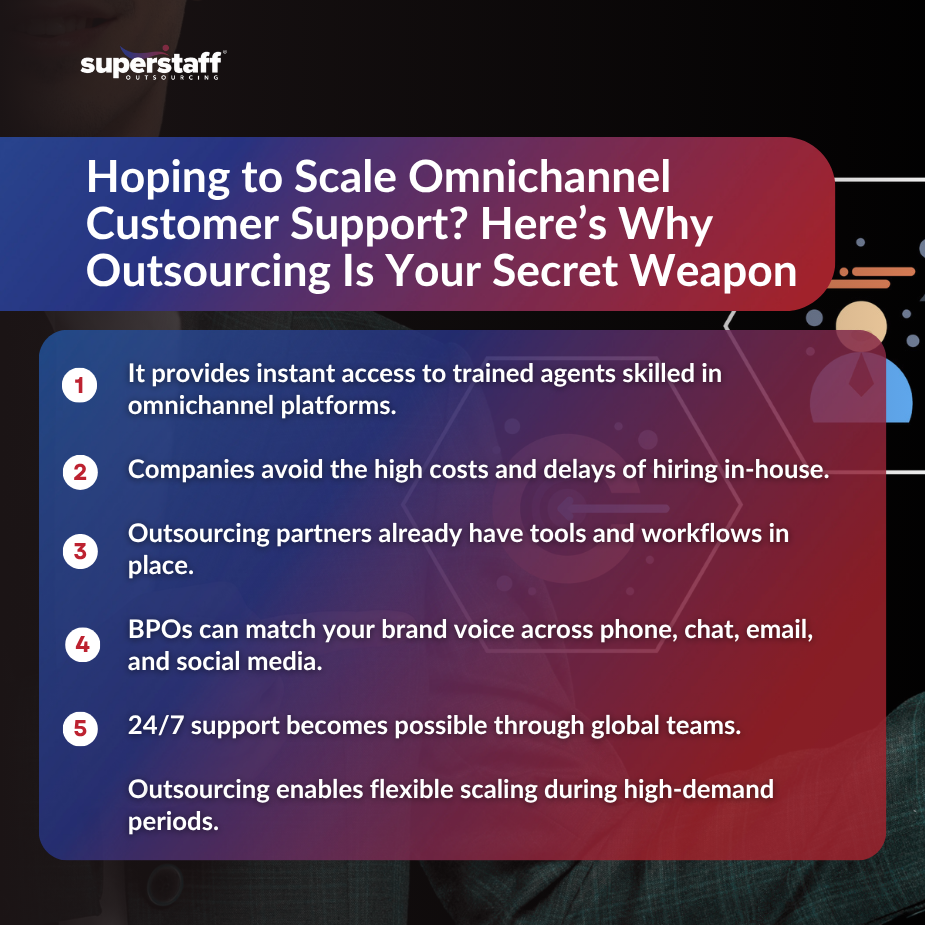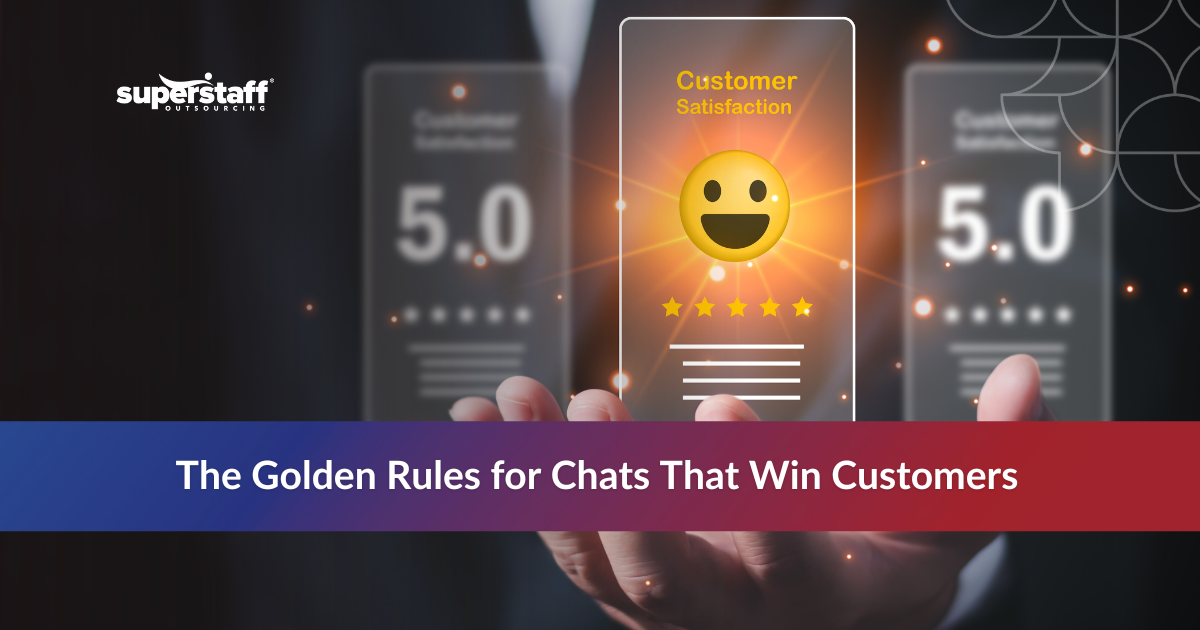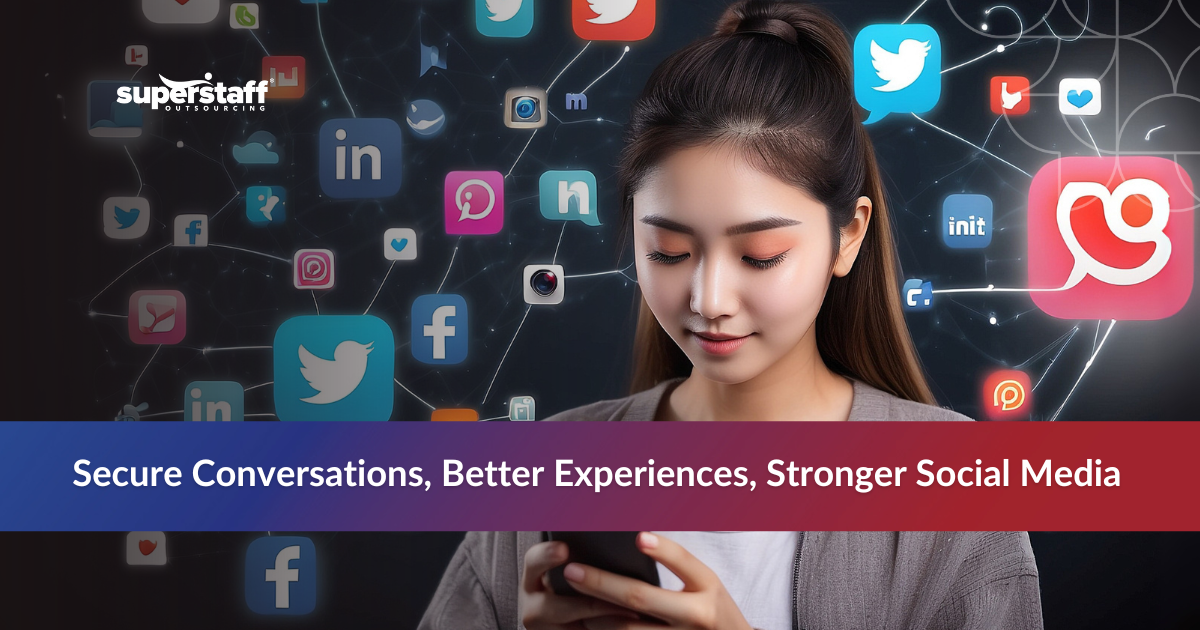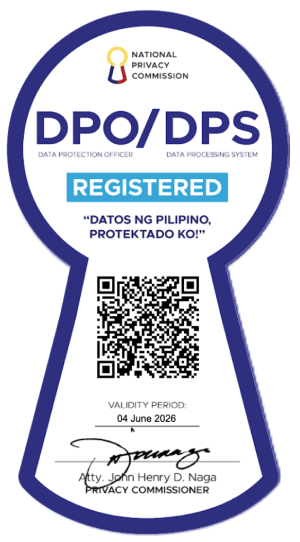
Growth is great, but what happens when your customer support can’t keep up? As your brand gains traction, so does the volume and complexity of customer interactions. Suddenly, you’re not just answering emails—you’re juggling live chats, phone calls, social media comments, and DMs, often all at once. Each channel becomes a touchpoint, and every touchpoint is an opportunity to either win or lose a customer.
That’s where the challenge lies. As your business expands, so does the expectation for fast, seamless, and consistent experiences across every platform. Today’s consumers don’t think in terms of channels—they expect to start a conversation on Instagram and finish it via email without repeating themselves. This shift demands more than just multichannel availability; it calls for true omnichannel support: unified, responsive, and brand-aligned.
To scale omnichannel customer support effectively, businesses need more than headcount. They need a strategy that blends the right technology, skilled agents, and a deep understanding of customer experience. Done right, this approach can transform customer service from a growing pain into a powerful driver of loyalty and growth.
In this blog, we’ll break down what it really takes to scale omnichannel customer support the smart way. From choosing the right tools to finding a support partner that feels like a true extension of your team, we’ll show you how to keep the experience consistent—even as everything else around you changes.
The Problem With Scaling Support Too Slowly
Fast growth can overwhelm support systems not built for volume and multichannel demands.
Many companies scale omnichannel customer support with a simple help desk, a few email agents, and maybe a phone line. But once sales surge, those systems quickly buckle under pressure.
Disconnected channels and manual workflows result in fragmented customer experiences. One agent might handle email, another might manage chat, and neither has access to the same customer history. This disjointed setup leads to repetitive conversations, slow response times, and increased customer frustration.
Internal teams also feel the strain. As tickets spike, teams scramble to stay afloat. Burnout rises, service quality dips, and long wait times push customers away.
- The cost of a delayed reply on social media? Loss of public trust.
- Inconsistent answers across channels? Customers start looking elsewhere.
- Long hold times? Increased churn and negative reviews.
So, what does a scalable solution look like in today’s market?
What Omnichannel Support Looks Like at Scale
True omnichannel support is more than being present on multiple platforms—it’s about delivering continuity across them.
A scalable support system ensures that no matter where a customer reaches out—Instagram, live chat, or email—they get the same quality of service, with full context preserved.
At the heart of this is centralized customer data. With the right CRM, every touchpoint feeds into a single profile, giving agents the power to provide quick, personalized assistance.
Here are the key differences between omnichannel vs multichannel customer service:
- Multichannel means being present on several channels, but each functions independently.
- Omnichannel connects those channels so that customers can switch between them without losing context.
Shared KPIs and SLAs become critical for managing quality across touchpoints. You need unified metrics for response time, resolution rate, and customer satisfaction.
But building this kind of system internally isn’t easy—or always necessary.

Why Outsourcing Makes Sense When Scaling Omnichannel CX
Outsourcing gives you instant access to trained talent, tools, and workflows designed for omnichannel service delivery.
In-house teams are expensive to scale. Recruiting, training, and retaining top CX talent takes time and money. By contrast, outsourcing enables companies to onboard a full team with omnichannel expertise in weeks, not months.
You gain more than just headcount. Established BPOs already have the systems, tech stacks, and management protocols needed to deliver high-quality service across platforms.
- Outsourced CX agents can mirror your brand voice across phone, email, chat, and social media.
- 24/7 support becomes possible through global delivery models—especially when you outsource to the Philippines.
- BPO partners often bring AI-assisted tools, knowledge bases, and multilingual support capabilities.
Of course, not all outsourcing partners are created equal—so how do you choose the right one?
What To Look for in an Omnichannel Outsourcing Partner
When you’re ready to scale omnichannel customer support, hiring the right BPO provider will do wonders for your business. The right partner doesn’t just plug gaps—they become an extension of your brand.
You need a provider that understands your industry, your customers, and your tone of voice. Look for cultural alignment, operational transparency, and proven experience in omnichannel delivery.
Here are a few tips to help you assess your ideal BPO partner:
- Ask for industry-specific case studies.
- Evaluate their ability to provide real-time reporting and actionable insights.
- Ensure they offer QA frameworks and ongoing training tailored to each platform.
A quality partner will proactively help you improve—not just maintain—your customer experience.
Once you’ve found the right partner, success comes down to integration and execution.
Best Practices for Seamless Omnichannel Support Integration
Smooth implementation ensures that your support strategy enhances—not disrupts—your growing brand.
Before launching, align on clear KPIs: first response time, resolution time, CSAT, and channel-specific benchmarks. Integrate omnichannel support tools like Zendesk, Salesforce, or Freshdesk that enable unified agent views and reporting.
Here are the best practices for scaling omnichannel support as your brand grows:
- Internal-external communication: Schedule regular syncs to align on campaigns, product changes, and CX strategies.
- Knowledge base sharing: Equip outsourced teams with updated FAQs, tone guidelines, and brand training.
- Omnichannel readiness: Ensure agents are cross-trained across platforms and have access to customer history.
The smoother the integration, the more empowered your agents—and your customers—will be.
With the right foundation, scaling support becomes a growth enabler—not a bottleneck.
SuperStaff’s Role in Supporting Your Growth Journey
SuperStaff helps growth-stage and midmarket companies scale omnichannel customer support without compromising quality.
Our CX teams are fully trained to handle inbound and outbound interactions across all major platforms—voice, email, live chat, SMS, and social media. We use industry-leading tools and integrate directly with your existing systems to ensure smooth handoffs and unified data.
- Our clients benefit from flexible scaling, 24/7 coverage, and performance-based SLAs.
- From startups to publicly listed companies, we’ve helped brands outsource to the Philippines and achieve measurable CX gains.
- Every SuperStaff agent undergoes brand-specific training to ensure full alignment with your voice and values.
Ready to scale your support team the right way?
Ready to Scale Omnichannel Customer Support the Right Way? Connect With SuperStaff
Growth brings complexity—but outsourcing omnichannel support gives you the clarity and capacity to serve customers at every touchpoint.
Instead of scrambling to meet rising customer demands, you can partner with experts who already have the infrastructure in place. By choosing the right BPO and embracing omnichannel strategies, you future-proof your customer experience and protect your brand reputation.
Don’t let your internal team buckle under pressure. With the right outsourced partner, you can scale support, maintain consistency, and delight customers at every stage.
Connect with SuperStaff today to learn how our omnichannel outsourcing solutions can support your growth—across every channel your customers use.






